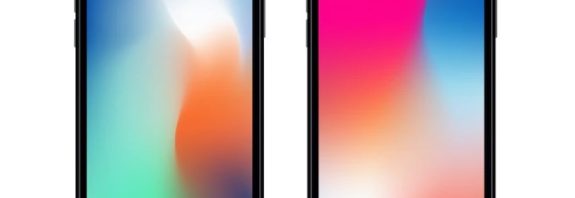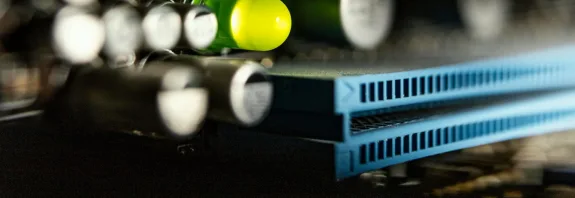PC monitors – Evolution

PC monitors are one of the most important components of a computer. These devices provide the ability to display information coming from a computer. Which makes them indispensable for working with a computer. Over the past decades, PC monitor technology has undergone significant changes and improvements that make them more efficient and user-friendly.
Let’s start from the beginning. The first PC monitors used in the late 70s and early 80s were cathode ray tubes (CRTs)
These monitors had very low resolution and limited color gamut. However, they were popular for many years until more efficient technologies came along.
Since the 90s, the development of technology has led to the appearance of liquid crystal displays (LCD). These monitors were significantly thinner and lighter than CRT monitors and had a higher resolution and color spectrum. However, at that time they were quite expensive, which limited their popularity.
Nowadays, PC monitors are affordable and efficient devices. The new models have high resolution, wide viewing angle. High refresh rate and reduced light output, allowing users to work for longer periods of time without experiencing unnecessary eye strain.
In addition, with the advent of OLED (organic light-emitting diode) technology. PC monitors and other OLED-based displays such as AMOLED (active matrix OLED) and P-OLED (polymer OLED) have also become popular in modern PC monitors. These displays have high resolution, brightness and color saturation. In addition, they have high energy efficiency, which allows you to increase the duration of battery life in laptops and other mobile devices.
Monitors with HDR (high dynamic range) support have also appeared, which allows you to show brighter and more detailed images. Other technologies, such as QLED (quantum dots), also allow for more accurate and vivid color reproduction.
However, new challenges have appeared. One of them is to reduce the cost of monitors with OLED technology and other modern technologies to make them more affordable for users. Another challenge is supporting high resolutions on standard 15-17 inch screens, which can be difficult.
In the future, it is expected that PC monitor technology will continue to develop and improve.
New technologies such as MicroLED (micro-light-emitting diodes) will appear. Which will allow creating monitors with high resolution and brightness, and also reduce their cost. Also, the emergence of more interactive monitors is expected. With support for touch screen technology and smart artificial intelligence functions, which will allow monitors to recognize gestures and voice commands.
Further improvements in the curvature of screens are also possible, which may become more popular in the future. Most modern monitors with curved screens have a curvature radius of 1800R, but in the future there may be monitors with an even smaller radius of curvature. This will improve the immersion and usability of the monitor.
The next stage in the evolution of PC monitors may be related to the development of virtual and augmented reality. This will require monitors with high resolution and fast response times, as well as the ability to display 3D images.
All these changes in the evolution of PC monitors indicate that these devices will continue to evolve and improve to provide users with a quality and comfortable computer experience. Currently, monitors with different technologies and characteristics are available on the market, which allows you to find a device that meets the needs and budget of any user.









